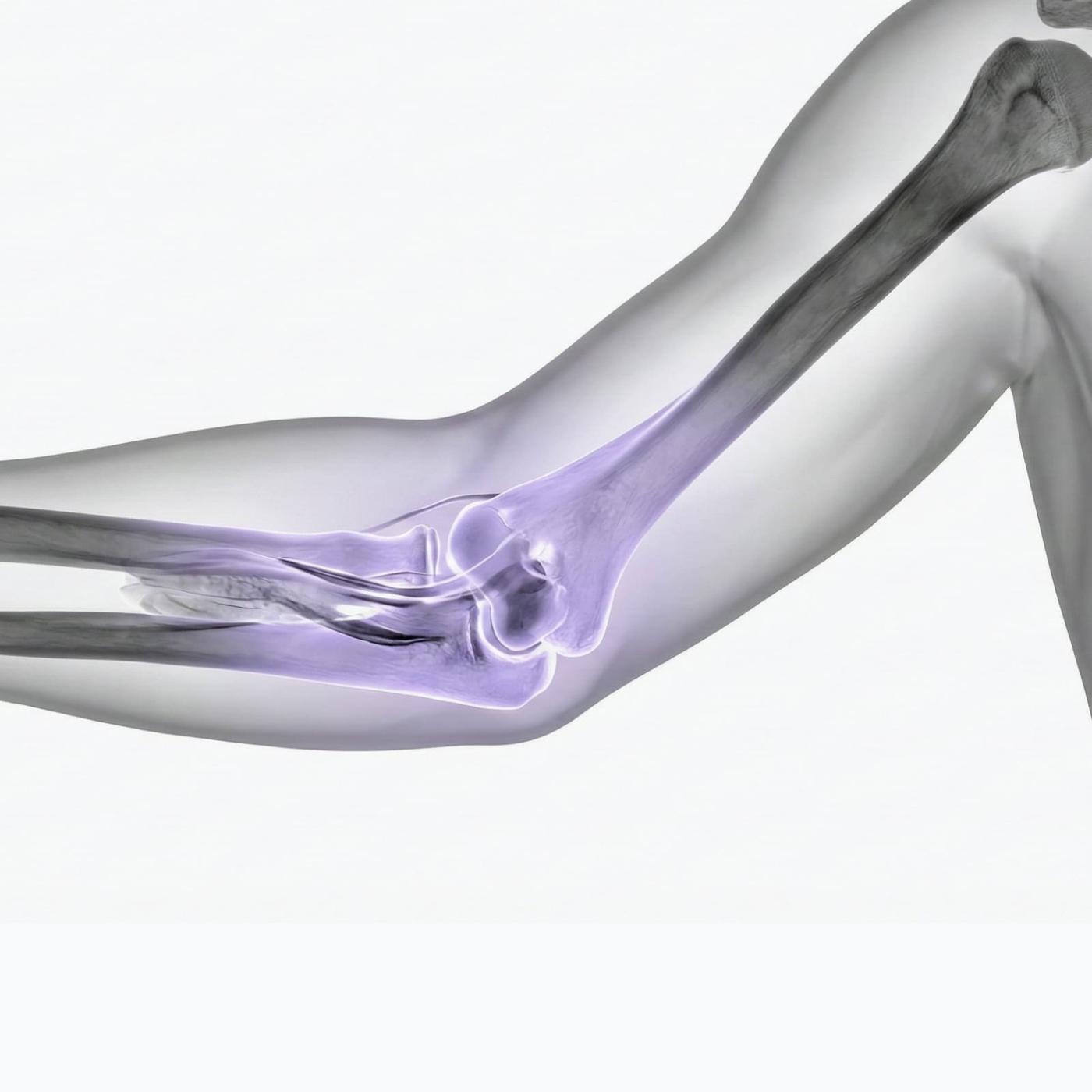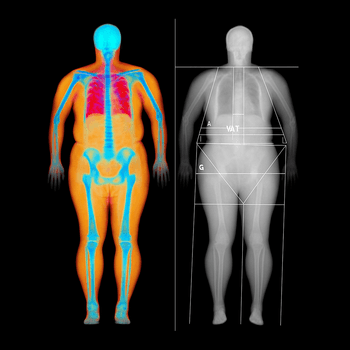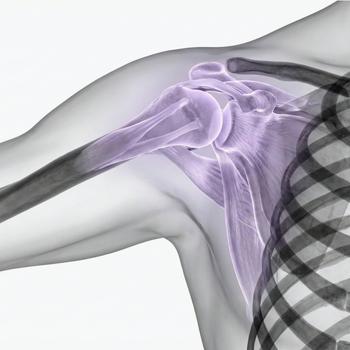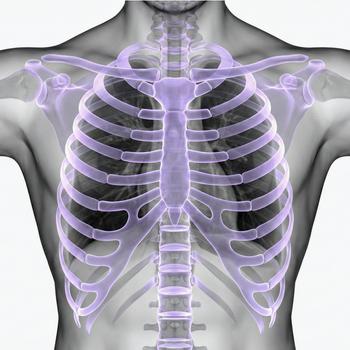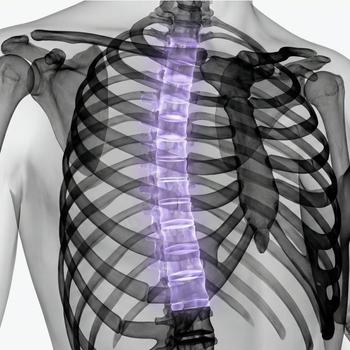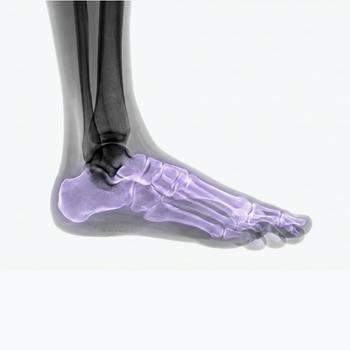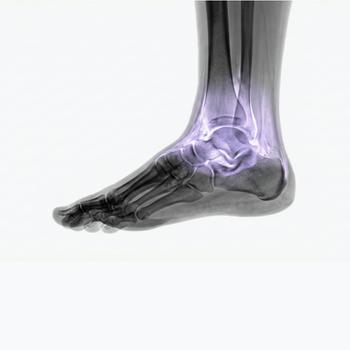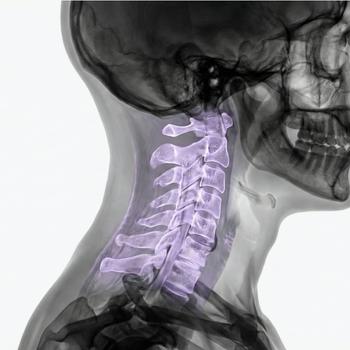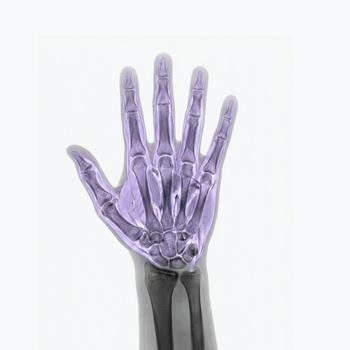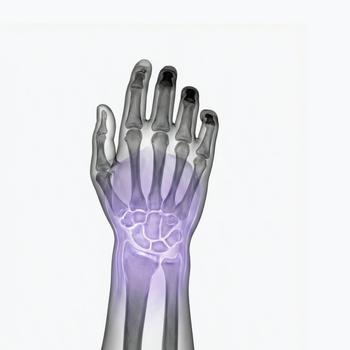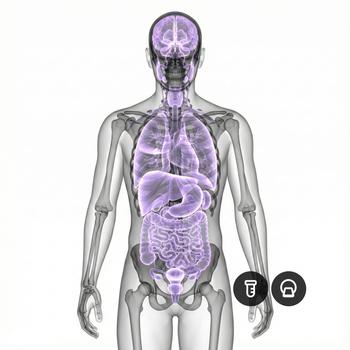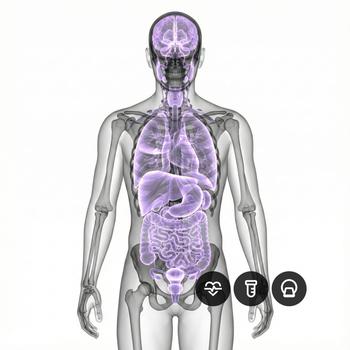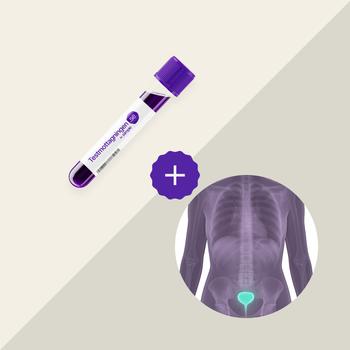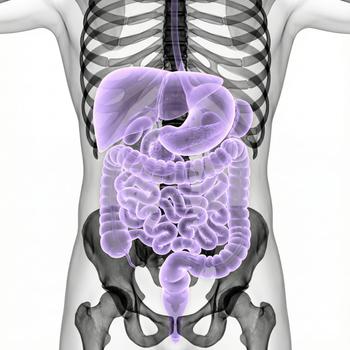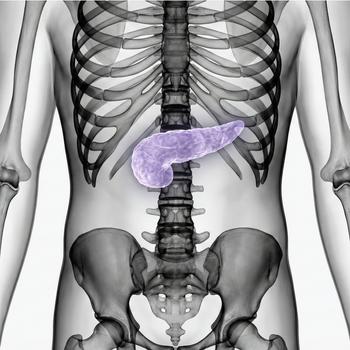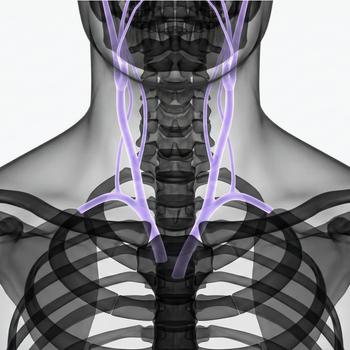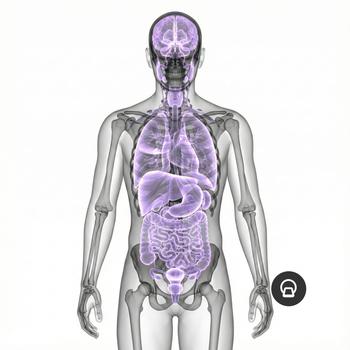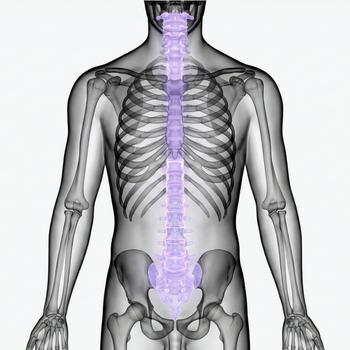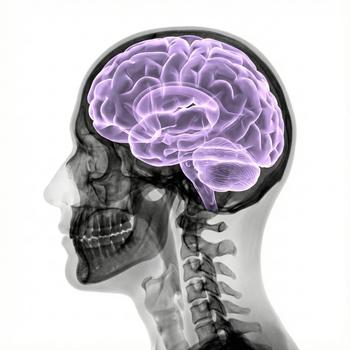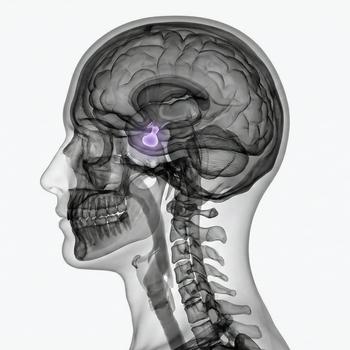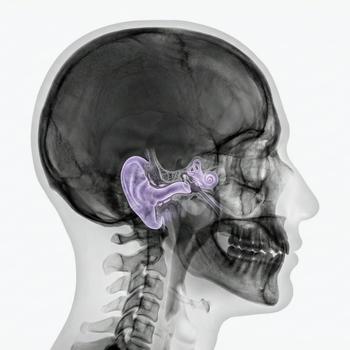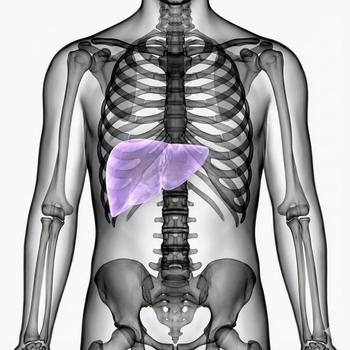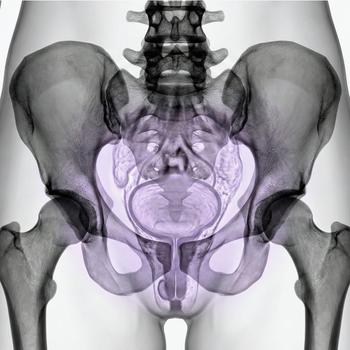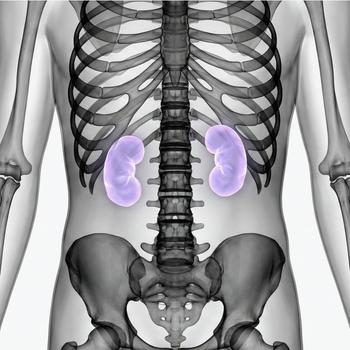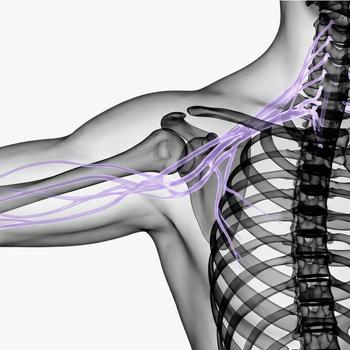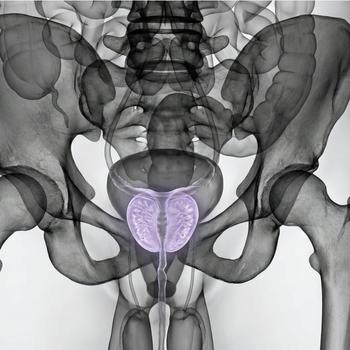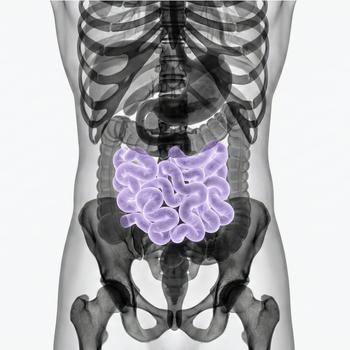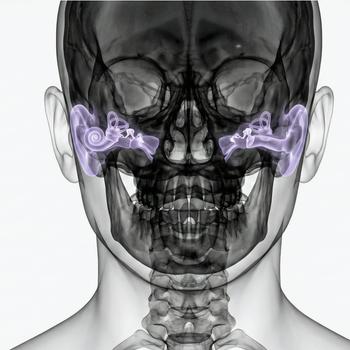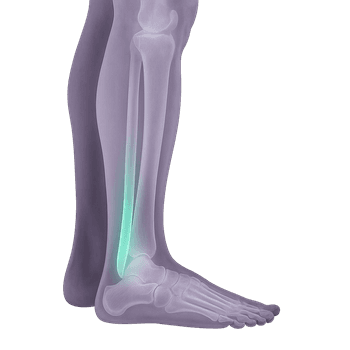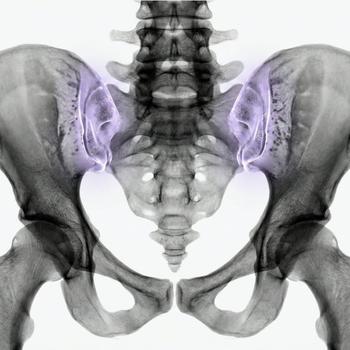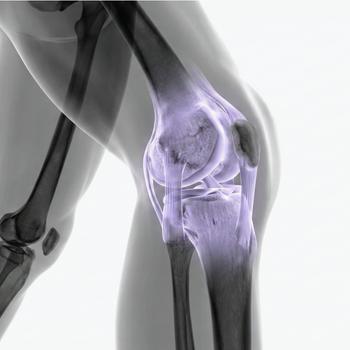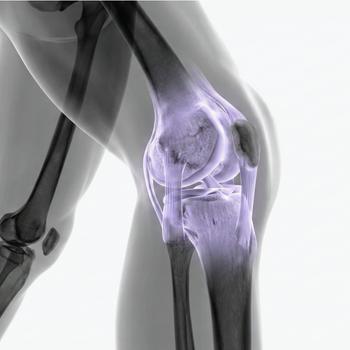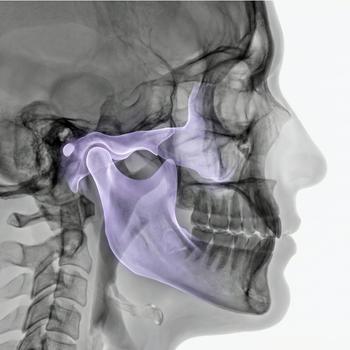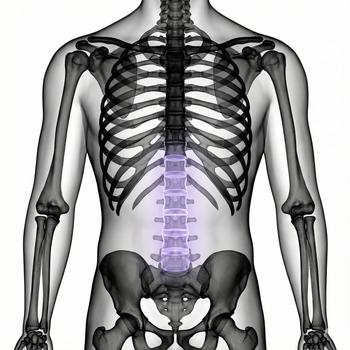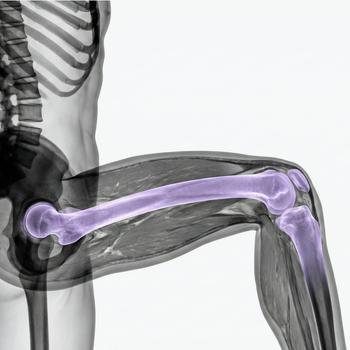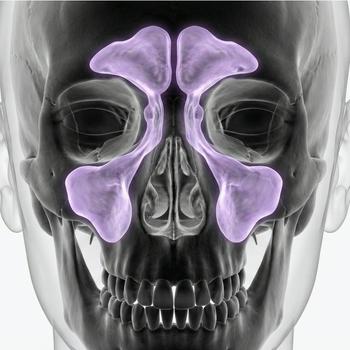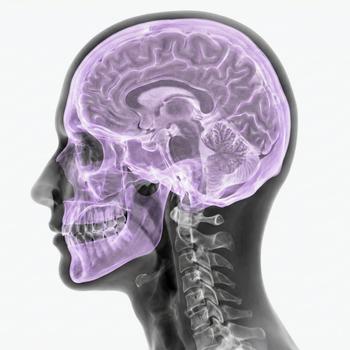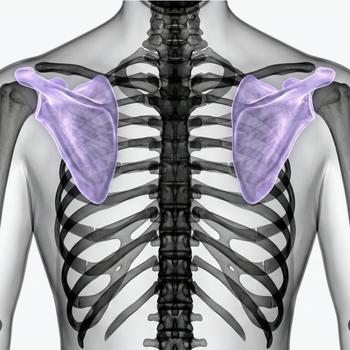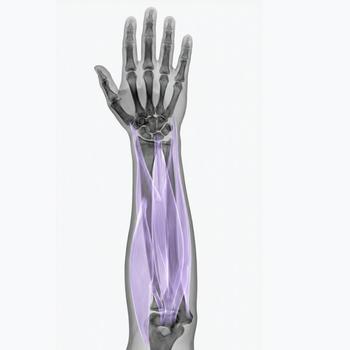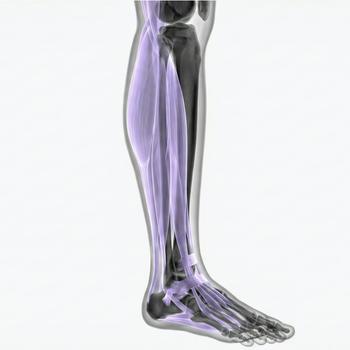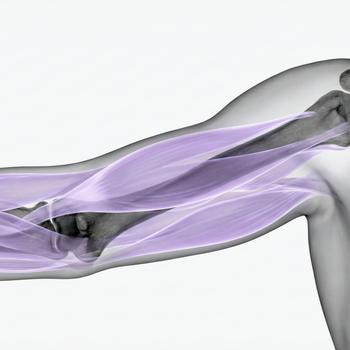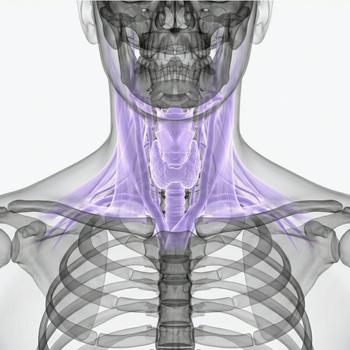MRI Elbow – Detailed Imaging with Magnetic Resonance
Do you suffer from elbow pain? You can now book a referral and receive an MRI appointment within just a few days. This examination is recommended if you have been experiencing pain, stiffness, or numbness in the elbow for an extended period without improvement. An MRI scan of the elbow joint provides detailed images of bones, tendons, ligaments, cartilage, and nerves – all without radiation. You'll quickly find out whether your symptoms are caused by, for example, an injury, inflammation, or wear and tear.
When is an MRI of the Elbow Recommended?
Elbow pain and related symptoms may arise from various causes, ranging from mild overuse to joint inflammation or nerve compression. Magnetic resonance imaging (MRI) is particularly valuable when other diagnostic methods like X-ray or ultrasound have not provided clear answers. MRI offers detailed images of both bone and soft tissue, making it possible to identify early changes or hidden injuries.
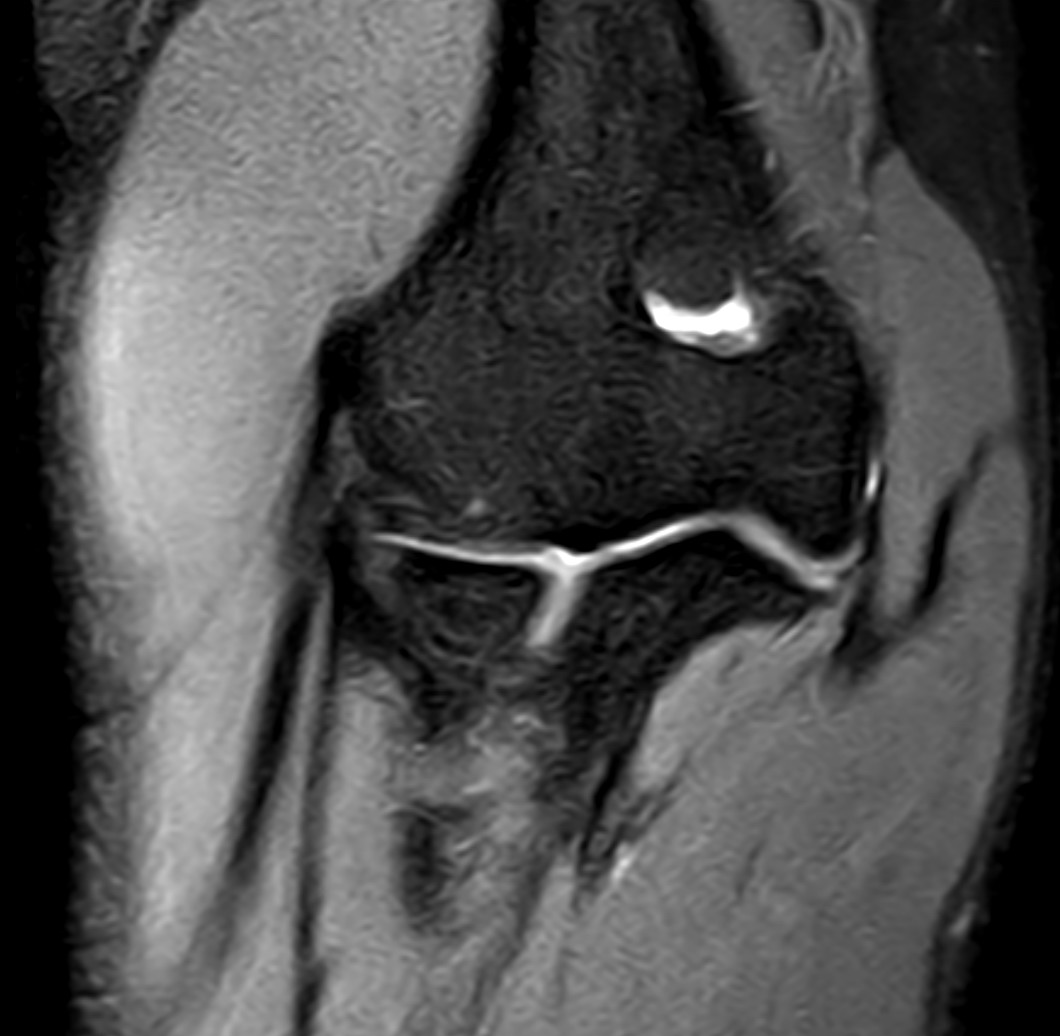
You may consider booking an MRI of the elbow if you experience any of the following symptoms:
- Persistent or recurring elbow pain – especially if symptoms do not improve with rest or treatment.
- Sudden pain after a fall, impact, or accident – MRI can reveal hidden fractures, cartilage damage, or tendon tears that may not appear on standard X-rays.
- Stiffness, swelling, or increased warmth in the joint – signs of inflammation, fluid accumulation, or early arthritis.
- Reduced mobility or difficulty using the arm in daily life – e.g., trouble lifting, gripping, or extending the arm.
- Numbness or tingling radiating into the forearm and hand – may indicate nerve entrapment, particularly of the ulnar nerve at the elbow.
- Pain during exertion – such as during strength training, manual work, or repetitive movements, which may suggest overuse injuries to tendons or muscle attachments.
If you have previously tried physiotherapy, pain relief, or rest without success, an MRI may provide the insight needed to establish a correct diagnosis and identify appropriate treatment.
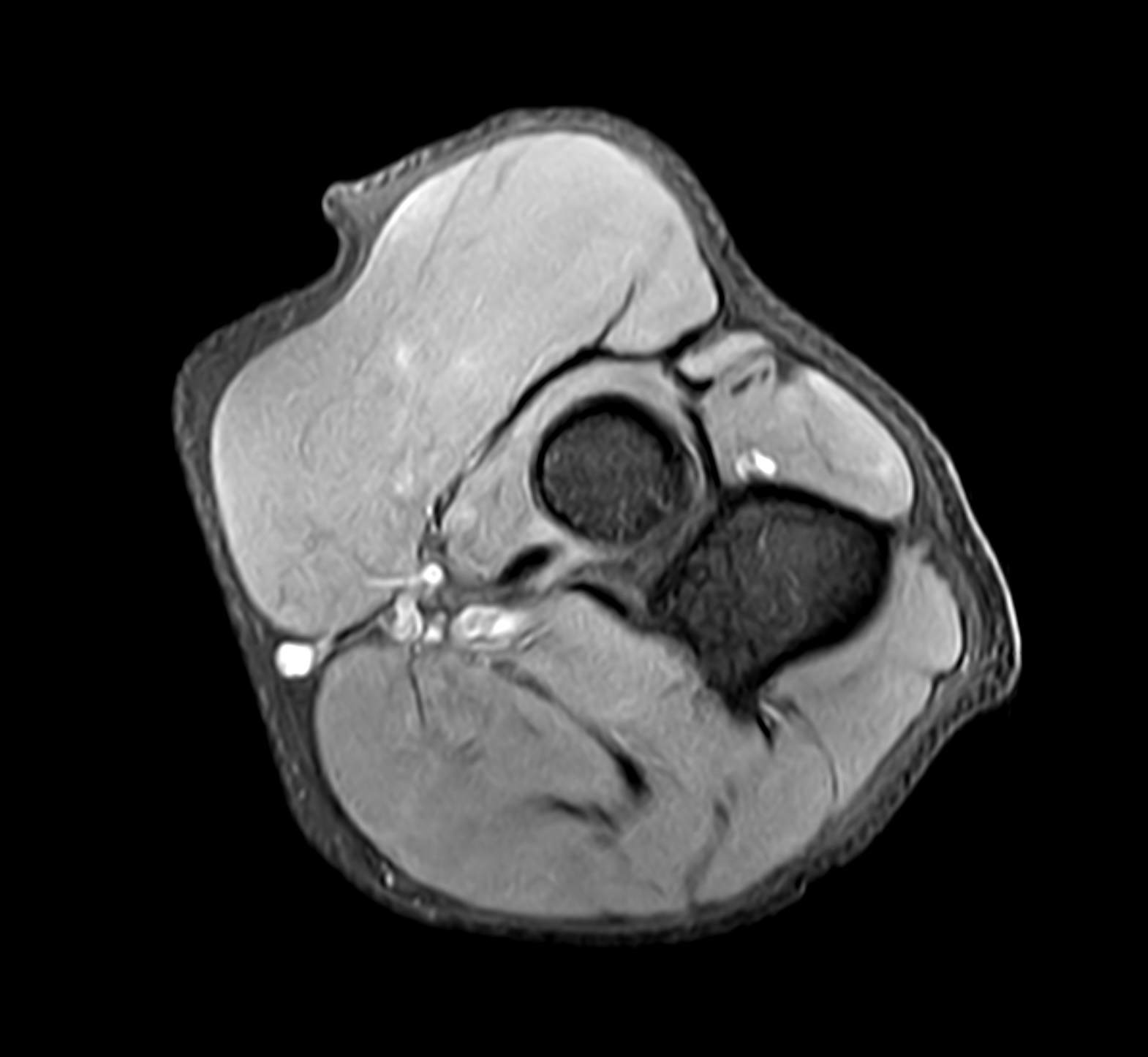
MRI is Commonly Used to Evaluate the Following Elbow Conditions
- Tennis elbow (lateral epicondylitis) – an overuse injury where tendon attachments on the outer elbow become inflamed. MRI can confirm the diagnosis and show the extent of tendon and soft tissue involvement.
- Golfer’s elbow (medial epicondylitis) – similar to tennis elbow but located on the inner side of the elbow. MRI helps rule out other structural issues and assess the degree of inflammation.
- Inflammatory joint diseases (arthritis or bursitis) – in suspected cases of rheumatoid arthritis or bursitis, MRI can identify swelling, joint fluid, synovitis, and other early inflammatory changes.
- Nerve entrapment – such as ulnar nerve compression at the elbow (cubital tunnel syndrome), which can cause numbness, tingling, and weakness in the forearm and hand. MRI can visualize nerve compression or surrounding swelling.
- Degenerative changes and osteoarthritis – MRI reveals cartilage loss, joint space narrowing, and other degenerative changes that may not be visible on standard radiographs.
- Tendon and muscle injuries – including partial tears, full ruptures, or chronic overuse at tendon insertions. MRI provides a clear view of the extent and location of the injury.
- Cartilage or ligament injuries – may occur with twisting injuries or trauma. MRI is superior in detecting such injuries, especially if they are subtle or not visible with other imaging methods.
- Calcific deposits or fluid accumulation – MRI can detect calcium deposits in tendons and bursae, as well as localized fluid collections that may cause pain and restricted movement.
Magnetic resonance imaging is safe, painless, and non-invasive. It is performed by Unilabs and does not require a referral from a primary care physician. Once your purchase is completed, the referral is activated immediately, and you will receive an appointment within a few days.






















